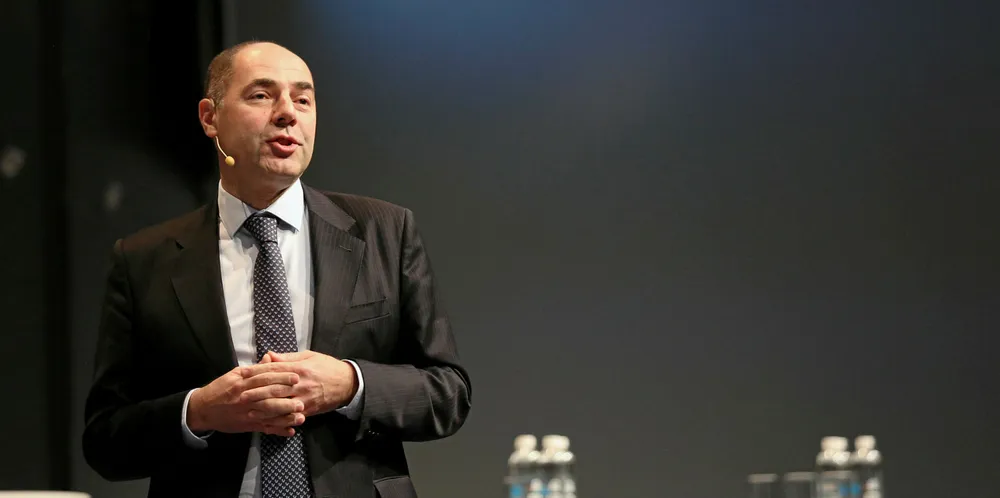MHI Vestas in 'different league' in Japanese offshore wind: CEO
Part-ownership by Mitsubishi Heavy seen by CEO as giving OEM an edge in emerging Japanese market

Part-ownership by Mitsubishi Heavy seen by CEO as giving OEM an edge in emerging Japanese market
